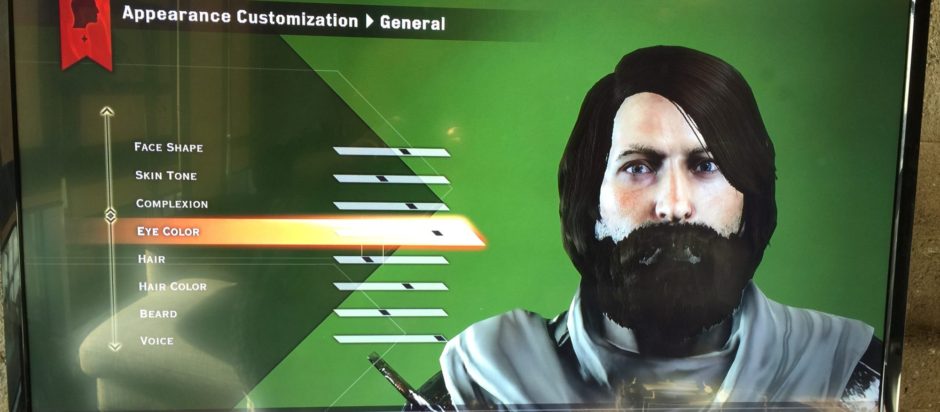I’m interested in addressing the question of how an increasingly mobile, ubiquitous and interoperable communications infrastructure can enable new forms of computationally-mediated narrative, both in terms of traditional author-to-audience storytelling and emerging modes of collaborative networked expression and participation. Three broad classes of activity inform this inquiry: the development of cross-media artworks that go beyond the frame of the screen; procedural approaches to drama management; and the role of play in creating hybrid forms of audience and community.
Key questions I will address in this context include: Can highly-mediated approaches to play and narrative, many of which involve the deep and tangled integration of story-telling and story-consuming into the fabric of everyday life, produce emotional and social effects analogous to those produced by the novel or the narrative cinema? What kinds of theoretical frameworks can help us to understand how ruleset-driven cross-media narrative experiences fit into the history of performance and representational art? And finally, as the lines between audience and community, author and participant blur in the context of highly personalized, network-enabled game-like story-activities such as SF0 or World Without Oil, is it even possible to address issues of identity and epistemology without inventing new terms and poetics?
Crucial to this study will be an examination of the intersection between structured social play and computational drama-management systems (e.g. Facade, Oz). How can procedural approaches to story-making help to guide massively-scaled improvisations in social space? What are the limitations of such systems, and what are their core affordances? Can game-like, goal-directed improvisational encounters be mediated by computational agencies such that the end result is a focused and clearly-articulated narrative? Or is the insistence on notions of dramatic unity, parsimony and closure an unreasonable intervention of “legacy” critical modes on a fundamentally novel medium?
An inquiry into the nature of this intersection is essential as we enter an age of ubiquitous information technology wherein the respective agencies of authors, crowds and machines promise to collide in productive and unpredictable ways. Drawing on recent research in the field of computational drama management, I will explore the notion of a “procedurally-authored Alternate Reality Game system,” both as a means of deploying cross-media artworks such as my ongoing Black Sea Tapes project, and as a way to enable massively-scaled narrative play systems wherein player/participants co-create game-like narrative objectives alongside a computational agency. In developing this system, I hope to explore a range of possible futures for the role of computation in cross-media narrative and structured social play.
Key readings include the critical theory of Deleuze and Guattari; drama management research by Michael Mateas, Andrew Stern and Joseph Bates; the “relational aesthetics” of Nicolas Bourriaud; Situationist polemics and manifestos from the “New Games Movement” of the 1970s; notes on the persuasive and political aspects of game play by Ian Bogost and Gonzalo Frasca; Jane McGonigal’s extensive research on Alternate Reality Gaming; and visions of the future of community and ubiquitous computing by Clay Shirky and Rich Gold.




